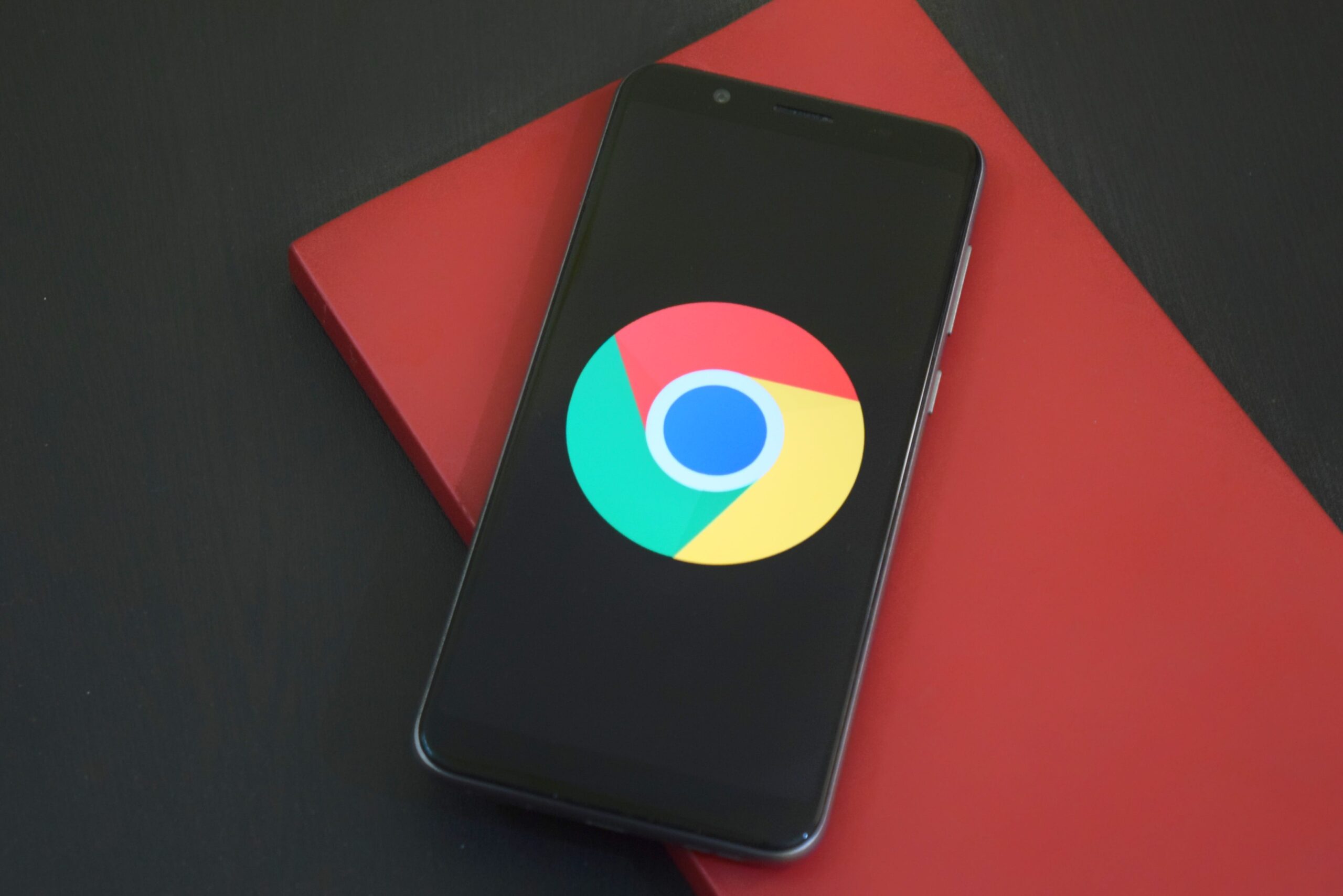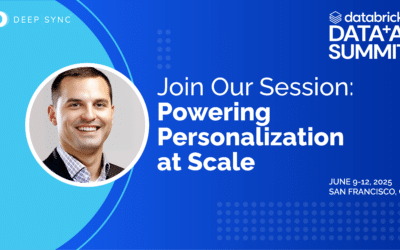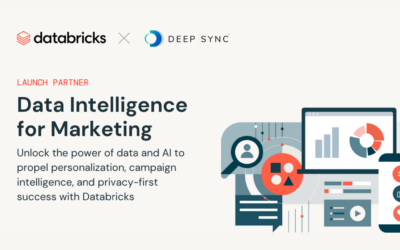In 2024, digital marketing faces significant changes due to rising privacy concerns and the phasing out of third-party cookies, requiring new data strategies.
Paul Turner, GM of Digital at Deep Sync, with experience from top tech firms, discusses adapting to these changes. His background in digital data and identity makes him a knowledgeable source of new trends and solutions.
Read on to learn more about the move to first-party data and the impact of AI in digital marketing, along with strategies to navigate these challenges and a forecast into the future of targeted advertising in a privacy-focused environment.
DesignRush: Paul, how have you seen digital targeting evolve in the past few years, particularly with the increasing emphasis on privacy and data protection?
Paul: There’s certainly been more focus on the consumer and creating a positive user experience. One of the major industry shifts we’ve been expecting has been the deprecation of third-party cookies, as Google recently started to remove third-party cookies on 1% of Chrome users.
In response, much more has been made of first-party data and the value for both marketers and publishers in creating a first-party data strategy.
The challenge here is that most marketers and publishers don’t see enough first-party data to power their acquisition efforts.
Given your expertise, how do you think AI technologies, like generative AI tools, are reshaping digital marketing strategies?
AI will make it easier to process vast quantities of data in an attempt to derive an outcome. In regard to digital marketing, I see AI as offering endless opportunities, from content creation to campaign optimization, along with hyper-personalization via bots.
The challenge is access to data: AI is better when it has access to enough data to learn from. That said, we’re already seeing data-rich platforms like Meta and Google offer more AI-centric optimization capabilities, which I think will work well for smaller, single-channel marketers.
With the impending phase-out of third-party cookies, what strategies do you recommend for maintaining addressability and personalization in digital campaigns?
I think it’s important to differentiate between third-party cookies and third-party data. Third-party cookie deprecation creates an addressability issue. So, I see higher quality third-party data solutions, anchored in known identity, thriving in the new world. Data companies that have merely sifted through billions of anonymous data to create audiences will slowly see scale disappear.
Then, there is the addressability challenge: Now I know something about a group of users, but how do I find them? To that end, I see several options ranging from direct addressability via industry IDs (like The Trade Desk’s UID initiative) to an increased focus on first-party data capture.
Short-form videos are trending in digital marketing. How can brands effectively leverage this format for targeted marketing campaigns?
Yes, video is engaging and can be ‘rewarded’ by ad platforms like Instagram and TikTok based on engagement and the speed of that engagement. At the same time, we all now have access to video creation tools — from our phones through to new SaaS platforms — that help with video creation and distribution.
And as we all know, the creative aspect is often overlooked when analyzing online marketing performance. That said, I think the challenge for a marketer is balancing the quick-hit reward of a ‘viral’ video with staying on brand and message across all channels.
What are the biggest challenges you face in using privacy-safe audiences across different channels?
The biggest emerging challenge will be scale. If you require user acquisition and have exhausted your remarketing pool of first-party IDs, what do you do? You need access to new audiences.
New, high-quality audiences will be the best way to overcome the challenges posed by the need to scale. That’s why at Deep Sync we focus on two things:
- High-quality audience data that is ALWAYS tied back to a person or household (both for accuracy and privacy purposes)
- Ensuring this data is mapped to industry-recognized targeting IDs
How important is user-generated content in today’s marketing landscape, and what are your tips for brands to encourage and utilize such content effectively?
It’s important because of the way certain engagement-based platforms reward behavior. There’s an entire influencer landscape focused on helping marketers find and reward the right influencers with the right audience.
That said, I still see a need for high-quality, marketer-produced content that clearly articulates the value proposition through all stages of the consumer journey.
How do you use data analytics to gauge the success of your marketing campaigns and adjust for better targeting?
This has always been the challenge with online marketing: What metrics should we use to measure success? Larger marketing teams can, of course, work with partners to build complex models that attribute success to various channels.
For most, there is a reliance on the metrics presented by the platforms we use — clicks and engagement. Although, there has been an increase in the ability of any marketer to connect sales data to that process (e.g., Conversion APIs).
At Deep Sync, we offer the ability to enhance sales data before it is sent to platforms like Meta; this means more of your sales are recognized by the platform, meaning you get a more accurate representation of what’s actually working.
Have you come across any noteworthy stats or insights on strategies that are currently working best for large-scale Facebook marketing campaigns?
We focus primarily on the audience portion of a marketing campaign. So, our goal is to work with clients to help them understand both who their ideal customer is and how to find more of them.
What works well is building a base level of understanding via customer profiling and analysis and then continuously building on the knowledge to tweak that audience approach.
Facebook’s lookalike audience capabilities, while convenient and easy to use, lack the care and insight that go into a true descriptive profile.
Based on your experience, what are your predictions for the next big trends in digital marketing and campaign targeting?
Fewer, but higher quality, third-party targeting options will be the next big thing. I also predict a deeper focus on modeling and interconnectivity.
We work with marketers and agencies that don’t want to outsource all the audience knowledge to a single platform because they see that by controlling the modeling process and the analysis, they can have a deeper knowledge of their ideal market and can more easily build omnichannel campaigns that align.
Lastly, what advice would you give to emerging marketers who are navigating the complexities of digital targeting and campaign addressability?
Start small, and don’t boil the ocean! Start with understanding Meta and Google; these are great options for newer marketers keen to understand more about optimization and basic campaign setups.
Larger marketing teams will invariably want to work across multiple channels and platforms. This will require more understanding of audience targeting, addressability, and how to optimize your first-party and third-party data strategies.
About Paul Turner
As the GM of Digital at Deep Sync, Paul is responsible for the company’s digital strategy. With extensive experience in digital data and identity, he has previously worked at Google, Adaptly, Adbrain, and LiveRamp. Paul founded DeepSync Labs, now known as Deep Sync One, to assist advertisers and agencies in audience targeting for social media and programmatic campaigns.

This interview was originally published by DesignRush: “First Party Data is the Answer to Post-Cookies Google“












0 Comments